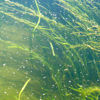
Loss of eelgrass habitat and benefits from Chesapeake Bay during the last 30 years has come at a staggering ecological and economic cost.

Loss of eelgrass habitat and benefits from Chesapeake Bay during the last 30 years has come at a staggering ecological and economic cost.
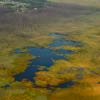
Scientists working on a rapid-assessment technique for determining saltmarsh vulnerability discovered that all of the marshes they field-tested are losing ground.
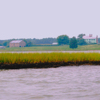
An international team including VIMS professor B.K. Song discovers that production of a potent greenhouse gas can be bypassed as soil nitrogen breaks down into unreactive atmospheric N2.
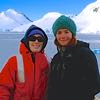
VIMS professor Elizabeth Shadwick has deployed a high-tech mooring beneath the seasonally ice-covered waters around Antarctica to better understand ocean acidification in polar regions.
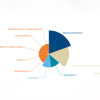
The 123 journal articles authored or co-authored by VIMS researchers in 2016 were talked about around the world. Here are the 15 that received the most "buzz."
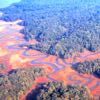
A 3-year grant from the U.S. Environmental Protection Agency will help VIMS and DEQ enhance Virginia's wetlands and their many ecosystem services.
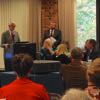
VIMS hosts annual meeting of National Estuarine Research Reserve System.

The Peninsula chapter of the Associated General Contractors (AGC) of Virginia hosted the 2nd annual Mermaid Cup golf tournament on October 27th at Kiln Creek Golf and Country Club in Newport News, in support of the Virginia Institute of Marine Science Foundation.
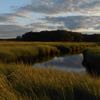
Unprecedented field study shows that plants in fertilized marshes don’t grow much bigger and that fertilized marshes are more prone to erosion.
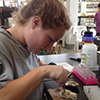
Four rising professionals recently completed a training program in oyster aquaculture at the Virginia Institute of Marine Science, providing them with the skills needed to advance in this rapidly growing industry.
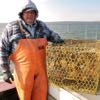
Study shows that effort to remove derelict crab pots from Chesapeake Bay generated more than $33 million in harvest value for Maryland and Virginia crabbers.
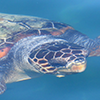
A grant of $30,000 from The Dominion Foundation, to William & Mary’s Virginia Institute of Marine Science will fund a study of sea turtle nesting along Virginia’s Atlantic seaboard.
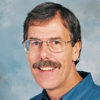
The International Game Fish Association—the global authority on recreational fishing—has inducted VIMS professor John Graves into its Fishing Hall of Fame, an illustrious group that includes Zane Gray, Ernest Hemingway, Izaak Walton, and Ted Williams.
After a week of heavy rain along the mid-Atlantic coast, the sky cleared and the sun came out just in time for Marine Life Day at the Virginia Institute of Marine Sciences’ Eastern Shore Laboratory in Wachapreague on September 24th.
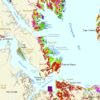
A $941,590 grant from the National Science Foundation will fund 4-year effort to identify how policymakers and coastal residents can best respond to rising seas.
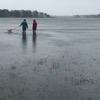
Sub-award to Dr. Jon 'Derek' Loftis will support VIMS' efforts to help local communities better manage coastal flooding.

VIMS professor Kevin Weng and W&M undergraduates collaborate on the Eastern Shore to uncover the secrets behind shark behavior.
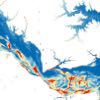
Researchers at VIMS, NASA, and NOAA are using the latest in satellite technology to better track algal blooms in Chesapeake Bay.

In-house competition recognizes the most engaging images taken by VIMS faculty, students, and staff in the field and lab.
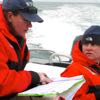
Month-long expedition aboard the nation’s newest icebreaker will study the role of nitrogen in Arctic food webs.

VIMS welcomes an academically distinguished group of 22 new students to William & Mary's School of Marine Science.
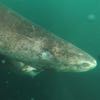
Analysis of eye tissues suggests slow-growing species is Earth's oldest vertebrate, and raises concerns about potential impacts from fishing.
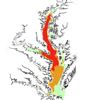
Experimental forecast will help Chesapeake Bay anglers better plan for the appearance of low-oxygen conditions.

Nearly 300 kids ages 8 through 12 attended the 16th annual Kiwanis Fishing Day Clinic held at the Buckroe Fishing Pier in Hampton on July 19th.
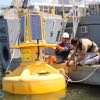
Data will fill gap in Baywide observing system, enrich York River research.
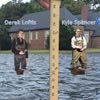
Ideas proposed by Dr. Derek Loftis and partner will enhance a mobile app that was developed to help users better monitor and respond to coastal flooding.
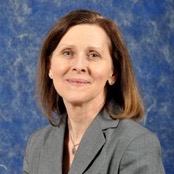
Professor Elizabeth Canuel was awarded the honorary title of Geochemical Fellow at the annual Goldschmidt Conference recently held in Yokohama, Japan.
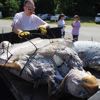
Study of drifting carcasses aims to protect living sea turtles from harm.
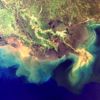
Dr. David Forrest adds to a multi-model forecast that NOAA uses to predict the size of the low-oxygen zone that forms off the Mississippi Delta each summer.
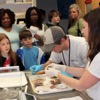
Adventurous souls brave showers and are rewarded with fun and learning.
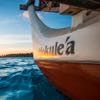
Hokule'a's visit to encourage sustainable seas was sparked by a chance encounter 25 years ago.

VIMS Professor John Graves was honored with the Thomas Ashley Graves, Jr. Award for Sustained Excellence in Teaching during William & Mary’s commencement ceremony on Saturday.

Development of low-power, reusable tags for gathering data on shark populations in Chesapeake Bay is one of the projects approved this spring for green-fee funding.

Partnership among scallopers and scientists at VIMS and elsewhere continues to make the U.S. scallop fishery an international model for sustainability and public-private cooperation.

Professors Mark Brush and John Hoenig will use stipends to engage students in field research and advisory service activities.

VIMS-led survey shows that bay-grass coverage increased between 2014 and 2015 from 75,835 to 91,621 acres, the highest total of the last three decades.
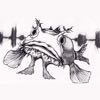
Grand prize in the Virginia Institute of Marine Science’s annual Marine Science Day Art Contest goes to Michelle-Marie Scott, a university administrator in Utah.
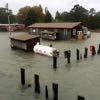
VIMS and the W&M Law School collaborate on a new climate-change website thanks to state funding and a $1.2 million grant from blue moon fund.

Virginia’s culinary community learned about native oysters and invasive blue catfish at this year’s Chefs’ Seafood Symposium.
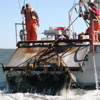
VIMS' 2016 winter dredge survey shows another year of growth in the blue crab stock and forecasts an improved harvest in 2016.
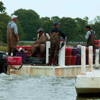
Annual survey of shellfish aquaculture shows Commonwealth's growers sold $48.3 million in clams and oysters in 2015.
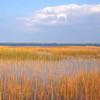
Analysis shows traditional assessment methods overestimate salt-marsh vulnerability because they don’t fully account for processes that allow for vertical and landward migration as water levels increase.
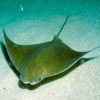
Says purported link is based on spurious data and reasoning, and calls for reconsideration of related campaign to “Save the Bay, Eat a Ray.”

Marine science juggernaut will move on to represent Virginia at the National Ocean Science Bowl in North Carolina in April.
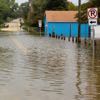
Major funding from HUD will help VIMS continue its leadership role in efforts to increase the resiliency of Virginia’s coastal communities.

VIMS study shows that effort to remove derelict crab pots from Chesapeake Bay generated more than $20 million in harvest value for area watermen.
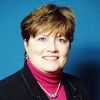
Former VIMS scientist now leads the chief science agency of the U.S. Department of the Interior.